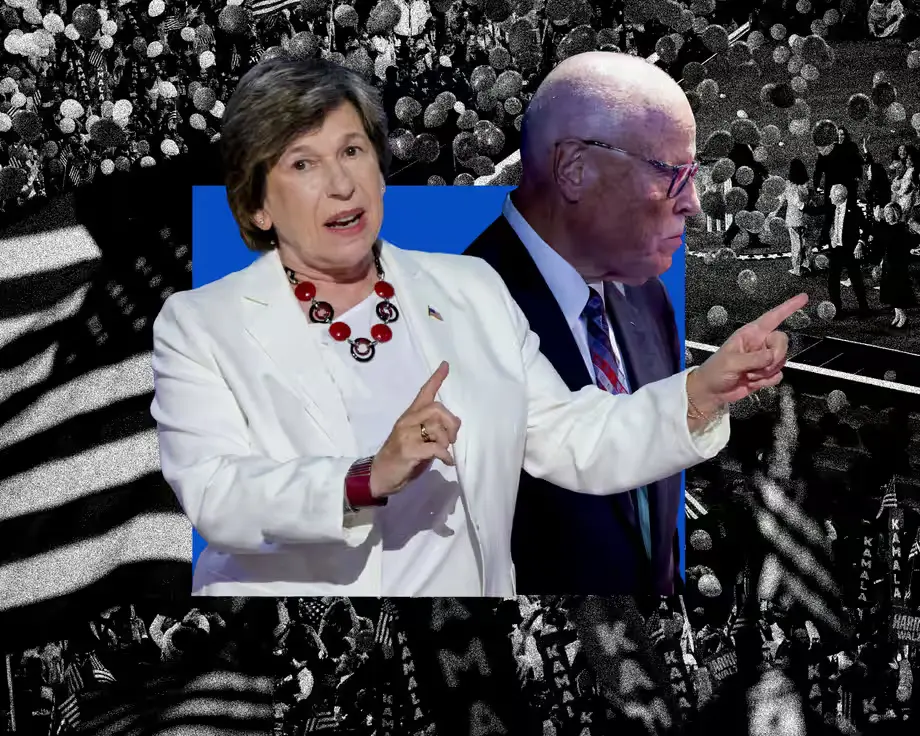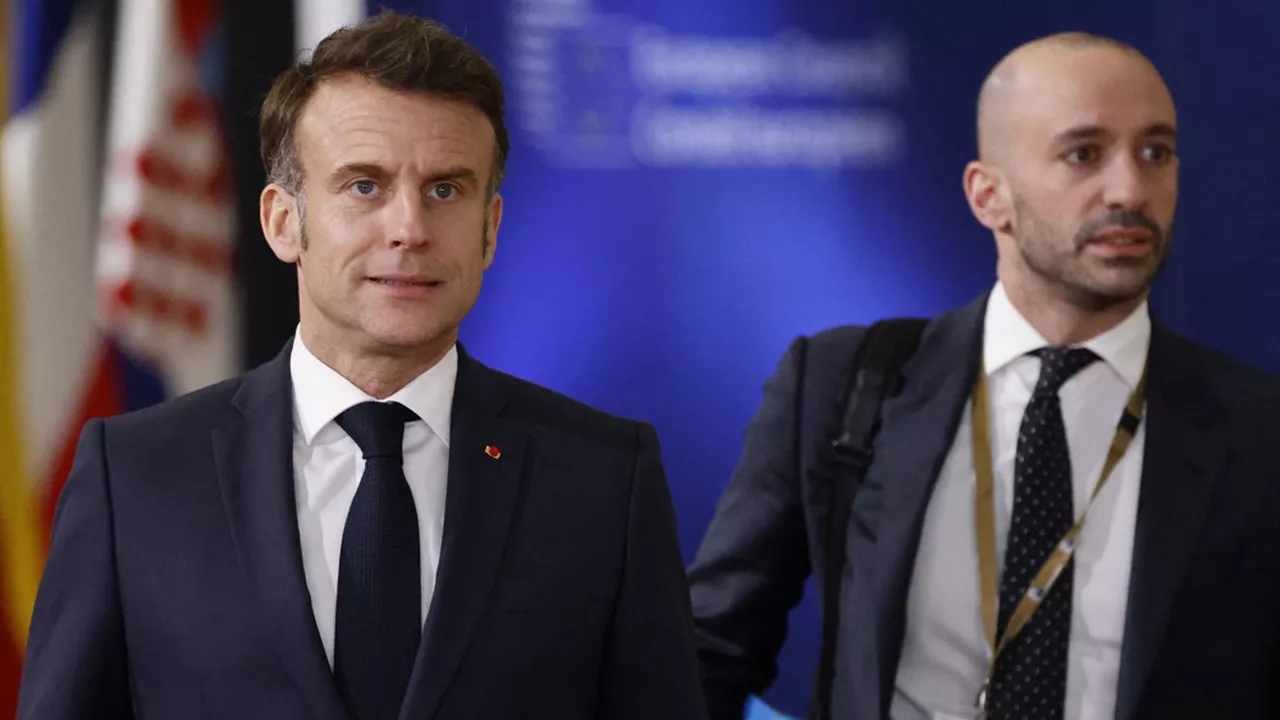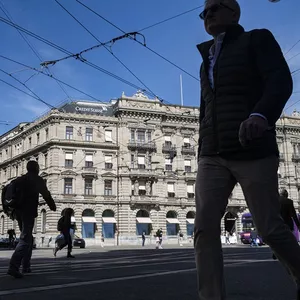Union Leaders’ Departure from DNC Reveals Deepening Rifts Within Democratic Party
The abrupt exit of key union leaders from the Democratic National Committee has exposed intensifying internal divisions over policy direction, labor influence, and the party’s alignment with working-class priorities.
A growing fracture within the Democratic Party was laid bare this week as several prominent union leaders abruptly resigned from their roles in the Democratic National Committee (DNC), citing deep dissatisfaction with the party’s direction and a perceived marginalization of labor voices in key decisions. The resignations, which include longtime labor representatives from major national unions, come amid escalating frustrations over the Democratic Party’s economic messaging, its approach to working-class issues, and what some union leaders are calling “performative politics” disconnected from the reality of American workers. “This was not an easy decision,” said one former DNC labor representative who stepped down.
“But it became clear that our input was increasingly symbolic. The party talks about supporting workers, but too often chooses corporate donors and poll-tested slogans over real action. ” At the heart of the dispute is the belief among some union leaders that the Democratic Party — long considered the traditional home for labor in the U.
S. — has been drifting away from its working-class roots, even as it courts younger, wealthier, and more urban voter bases. The tensions reportedly reached a boiling point in recent months over internal debates about trade policy, green jobs legislation, and the Biden administration’s response to major labor strikes.
Sources familiar with the situation described the internal climate as “mind-bogglingly disconnected,” with union leaders repeatedly raising alarms about the party’s inability to craft a coherent pro-worker agenda, only to be met with resistance or deflection from top DNC strategists. The resignations are especially significant given the timing: just months ahead of the 2024 general election, when Democrats will need strong union support to mobilize key battleground states such as Michigan, Pennsylvania, and Wisconsin. Labor organizing remains one of the party’s most effective ground-game tools — and losing direct ties to major unions at the committee level could weaken coordination and turnout efforts.
The DNC has downplayed the departures, insisting that labor remains “a valued and integral part of the Democratic coalition. ” In a statement, a party spokesperson said, “We continue to engage with unions across the country and are proud of our record supporting collective bargaining, raising wages, and defending workers’ rights. ” But many in organized labor say those words ring hollow without meaningful inclusion in policymaking — especially after union leaders were reportedly excluded from strategy sessions regarding major economic legislation and messaging on labor disputes involving the auto and healthcare industries.
One flashpoint was the party’s messaging during the UAW strikes, where union leaders felt the White House and DNC were slow to voice full-throated support, and later attempted to spin events as wins for both workers and corporations — a framing that many in labor circles found inauthentic and infuriating. “We don’t need ‘balance,’ we need advocacy,” said a union communications director familiar with the internal disputes. “The Democrats are trying to be everything to everyone — and in the process, they’re alienating the people who’ve had their backs for decades.
” This sense of alienation has been building for years. While the Biden administration has won praise for infrastructure investments and the passage of the CHIPS and Science Act, which include labor provisions, critics argue that enforcement is spotty and that workers often don’t see the promised benefits materialize in their communities. Moreover, proposals for more robust labor law reform — such as the PRO Act, which would strengthen union organizing rights — have stalled in Congress, with little sign of renewed urgency.
Combined with continued DNC courting of Silicon Valley and Wall Street donors, many union officials believe the party is talking left but walking center-right. Progressive Democrats have expressed solidarity with the exiting union leaders. Rep.
Ro Khanna (D-CA) tweeted, “Labor is the backbone of the Democratic Party. If union voices are leaving the DNC, we need to ask why — and fix it. ” Similarly, Sen.
Bernie Sanders has reiterated that economic justice must remain central to the party’s mission or risk losing the trust of its base. Some political analysts see the resignations as a warning sign. “Democrats can’t afford to take labor for granted,” said political strategist Andrea Reed.
“The party’s strength in swing states depends on union mobilization. If those ties fray, Republicans will have an opening with working-class voters who feel abandoned. ” Indeed, Republicans have already begun capitalizing on working-class frustrations, especially in regions hit by deindustrialization and stagnant wages.
While GOP economic policy remains largely pro-business, cultural messaging and anti-elite rhetoric have made inroads with certain union households — a trend that could intensify if Democrats lose credibility on labor issues. The Democratic Party’s internal response will likely determine how much damage these resignations cause. Some insiders suggest the DNC may appoint new labor liaisons, while others are pushing for policy roundtables with rank-and-file union members to rebuild trust.
But for now, the departures underscore a stark reality: The Democratic coalition is under strain, and the party’s relationship with organized labor — once a defining feature of its identity — is no longer guaranteed. If Democrats hope to maintain their standing as the party of workers, they may need more than symbolic gestures. They may need to listen, adapt, and re-center labor not just in speeches, but in the party’s core policies and power structures.
20th july 2025



